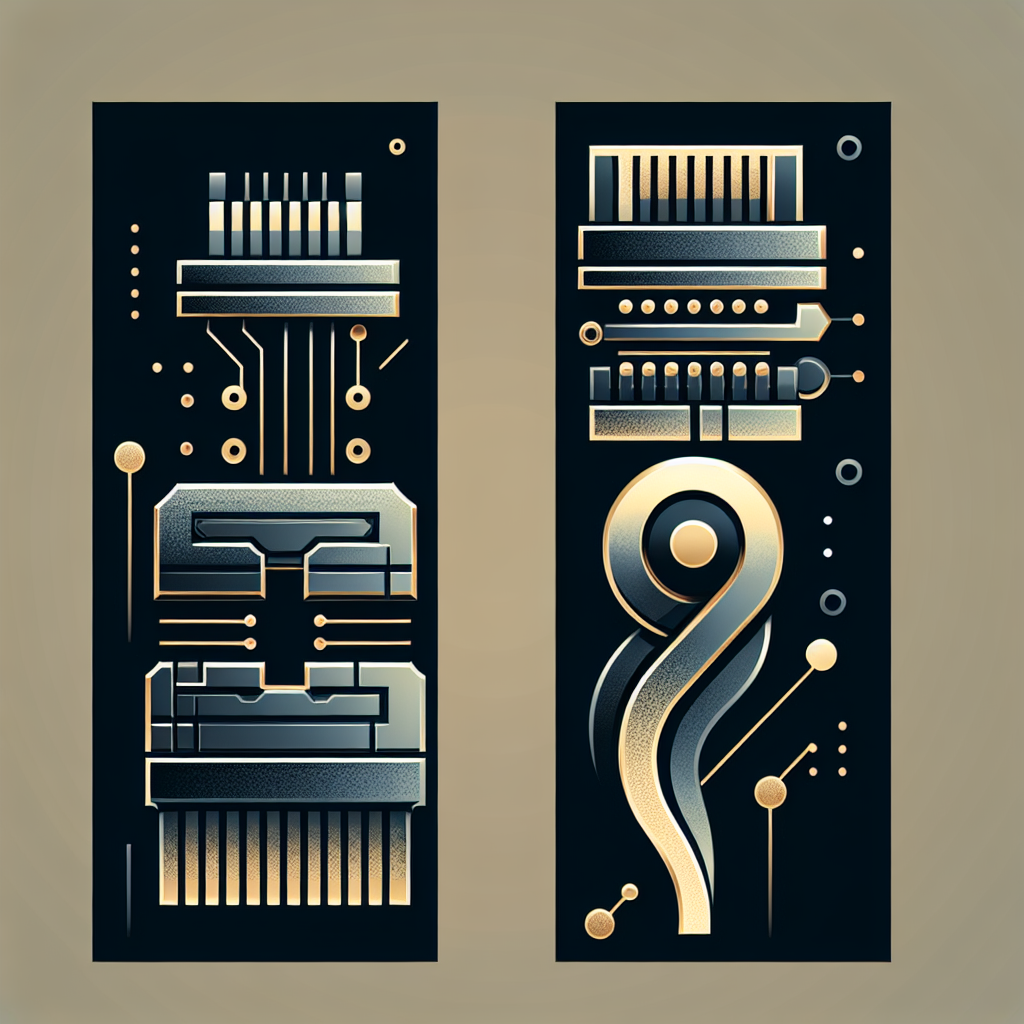PCIe Gen 4 vs. Gen 5: What’s the Difference and Which is Better?
PCIe Gen 4 vs. Gen 5: What’s the Difference and Which is Better?
With the constant advancements in technology, the world of computing is always evolving. One of the latest developments in the industry is the introduction of PCIe Gen 5, the fifth generation of Peripheral Component Interconnect Express (PCIe) technology. But how does it differ from its predecessor, PCIe Gen 4, and which one is better for your needs?
PCIe Gen 4 was released in 2017 and offered a significant improvement over PCIe Gen 3 in terms of speed and bandwidth. It doubled the data transfer rate to 16 gigatransfers per second (GT/s) per lane, allowing for faster communication between the CPU and other components such as graphics cards, storage devices, and networking cards. This increase in bandwidth made PCIe Gen 4 ideal for high-performance applications like gaming, content creation, and data processing.
In comparison, PCIe Gen 5, which was introduced in 2019, doubled the data transfer rate again to 32 GT/s per lane. This means that PCIe Gen 5 offers even higher speeds and bandwidth than its predecessor, making it the ideal choice for demanding workloads that require lightning-fast performance. With PCIe Gen 5, users can experience faster data transfers, reduced latency, and improved overall system performance.
So, which generation is better for you? It ultimately depends on your specific needs and budget. If you are a casual user who doesn’t require the highest speeds and bandwidth, PCIe Gen 4 may be more than enough for your needs. However, if you are a power user who relies on high-performance applications and demands the fastest data transfer speeds available, PCIe Gen 5 may be the better option for you.
In conclusion, both PCIe Gen 4 and Gen 5 offer significant improvements over their predecessors in terms of speed and bandwidth. While PCIe Gen 4 may be sufficient for most users, PCIe Gen 5 is the superior choice for those who require the highest levels of performance and speed. Ultimately, the decision between the two generations comes down to your specific needs and budget. Whichever option you choose, you can rest assured that you will be getting cutting-edge technology that will enhance your computing experience.


